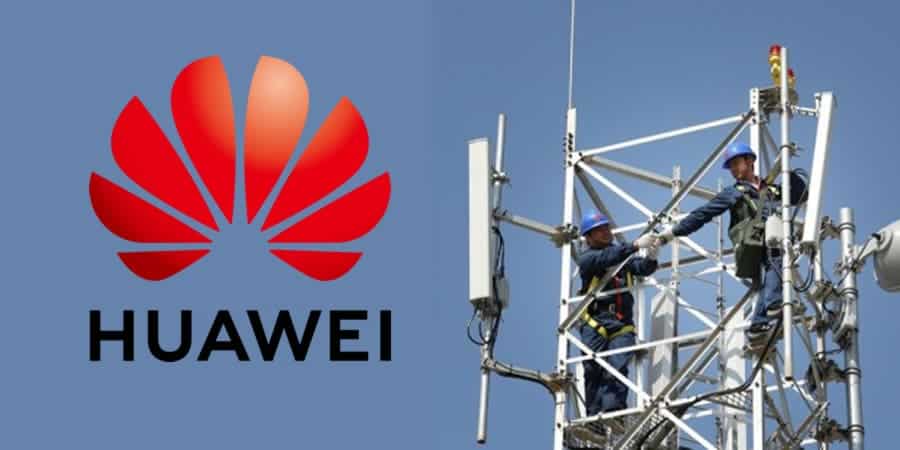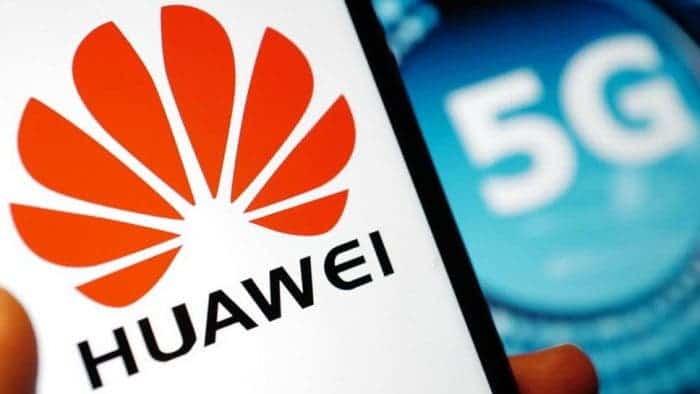Chinese manufacturing giant, Huawei, has put in a lot of effort in the development of 5G technology. According to reports from the IMT-2020 (5G) Promotion Group of China Academy of Information and Communications Technology, Huawei Technologies recently completed the low-latency, high-reliability (URLLC) technical laboratory test with an ultra-low latency of 1ms. URLLC (Ultra-reliable Low-latency Communication), as one of the three basic capabilities of 5G, is a communication technology with ultra-low latency and ultra-high reliability. This technology can meet some services that are sensitive to latency and have high-reliability requirements. It can be widely used in AR/VR, industrial, medical, unmanned driving, and other scenarios.

Gizchina News of the week
In this test verification, Huawei’s base station equipment meets the technical requirements of low latency and high reliability in terms of function and performance. Test results show that using 5G R15 and R16 URLLC key technologies, Huawei’s 5G millimeter wave equipment achieves a two-way end-to-end delay of 1ms with a reliability level of 99.999%. This promotes the continuous improvement and evolution of 5G performance.
Huawei makes some advancements with low-latency 5G technology
This time, the company did not only test the reliability and latency of 5G millimeter-wave devices. It also tested the URLLC key technical functions and the performance of 5G 2.6G band devices. This includes low-latency uplink and downlink non-slot scheduling.
Through the flexible combination of various standard technologies, 5G networks can fully meet the diverse needs of various industries. Technologies like this will lay a solid foundation for 5G to enter the core production business of industries. Such technologies will also promote the rapid development of the digital economy.
A few days ago, Huawei also completed all the functions and field performance test projects of 5G millimeter-wave base stations. The single-user downlink peak rate under the DDDSU frame structure exceeds an astonishing 7Gbps. Also, the total peak rate of the 3.5GHz frequency band hits 8.6Gbps, a new theoretical peak. The cell downlink peak rate of the 4T4R base station has also exceeded 12Gbps.





